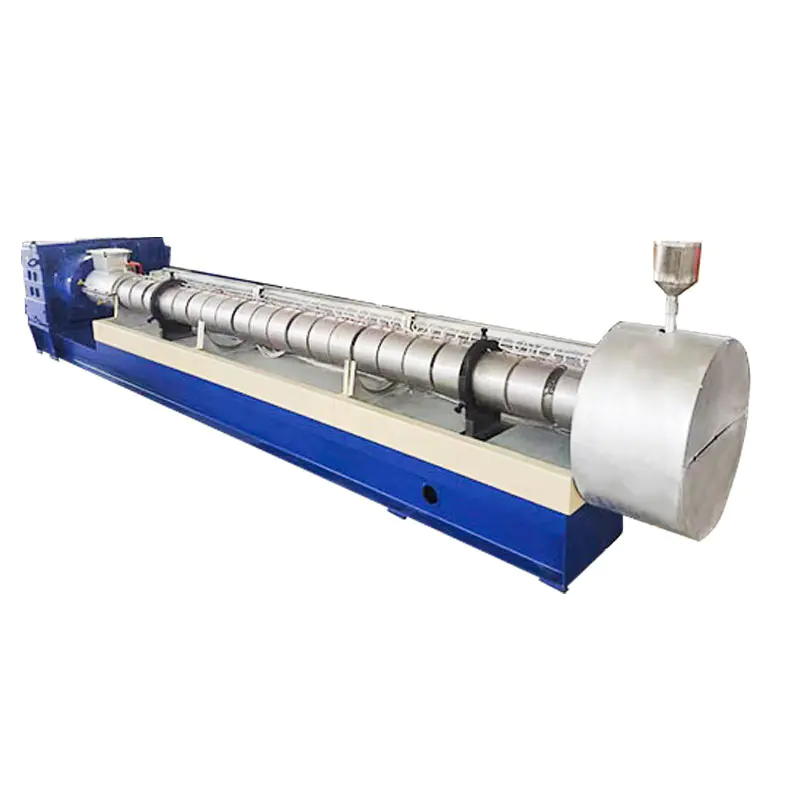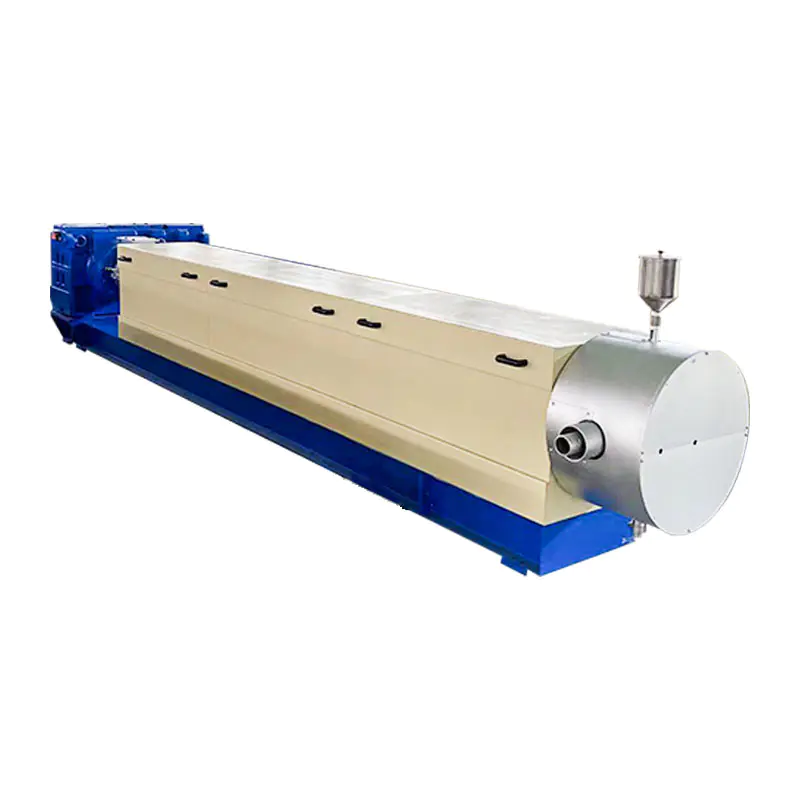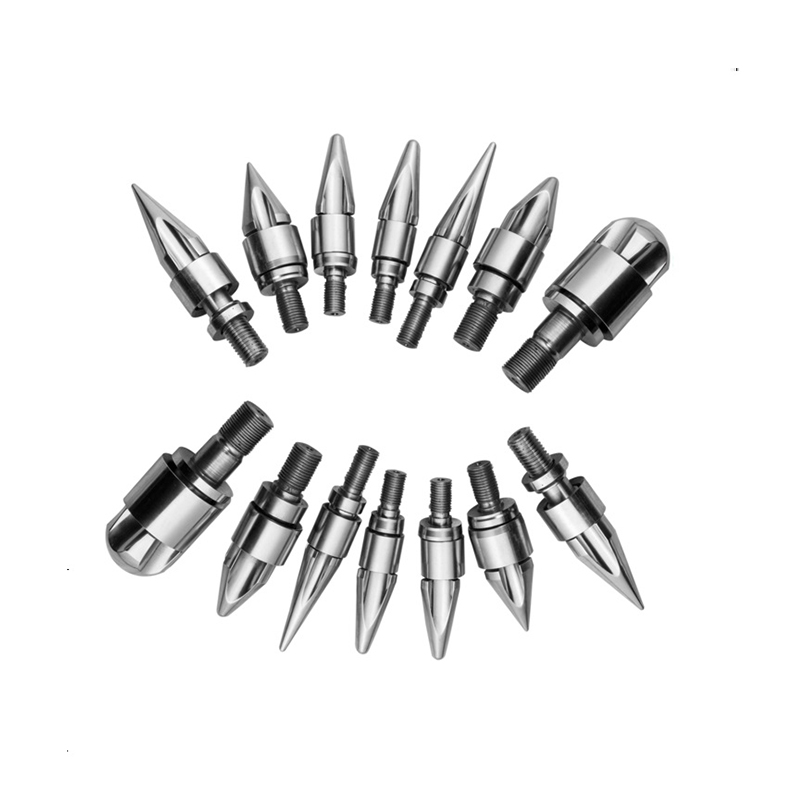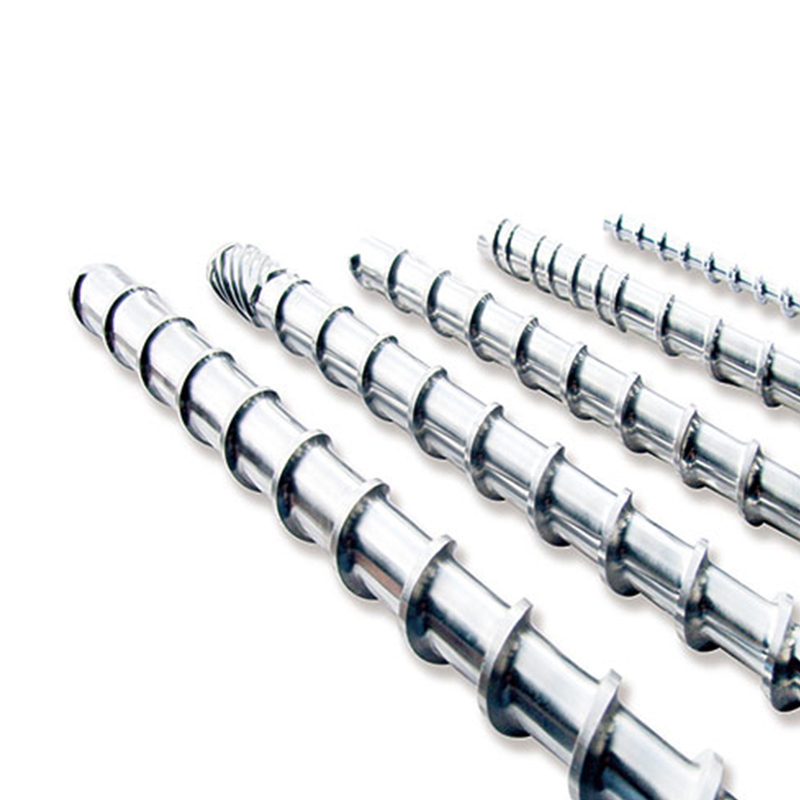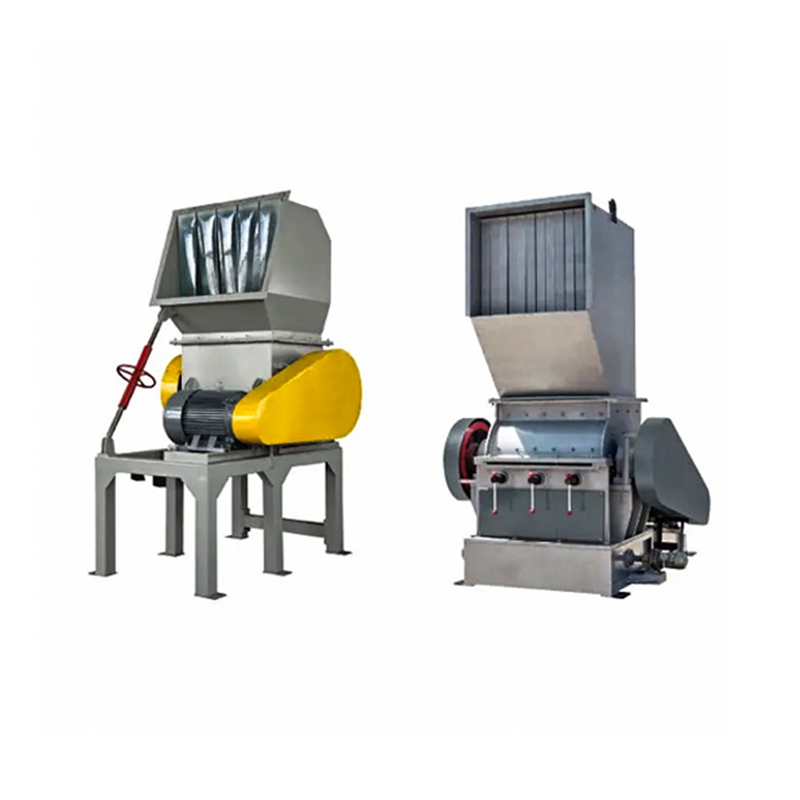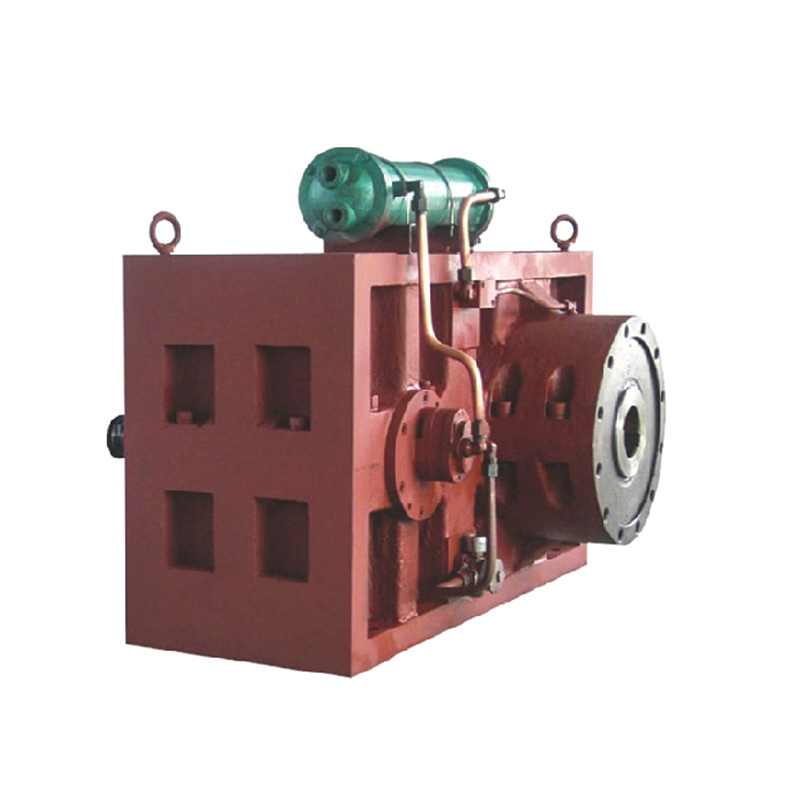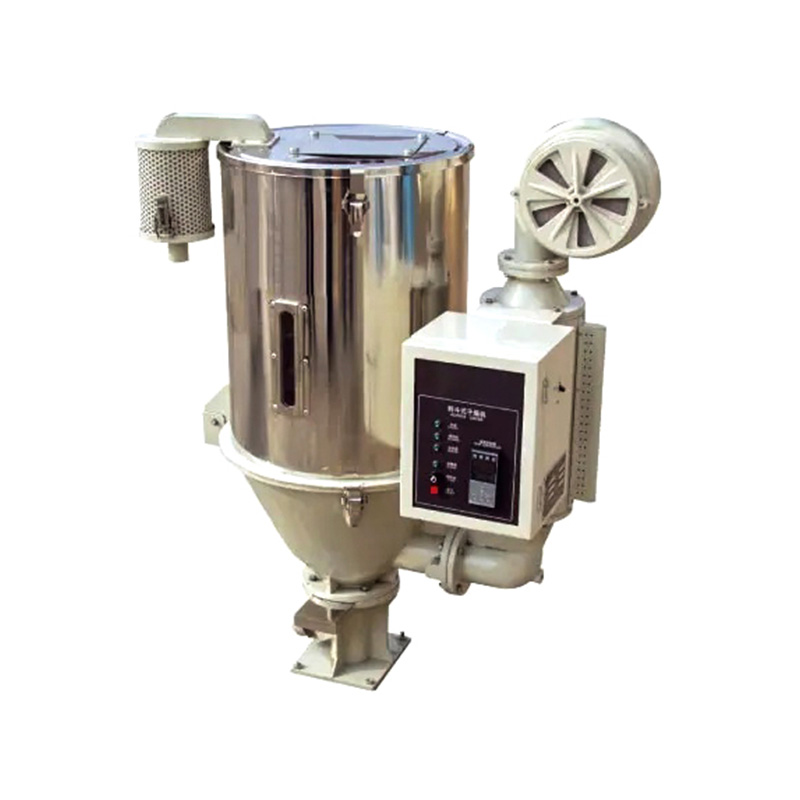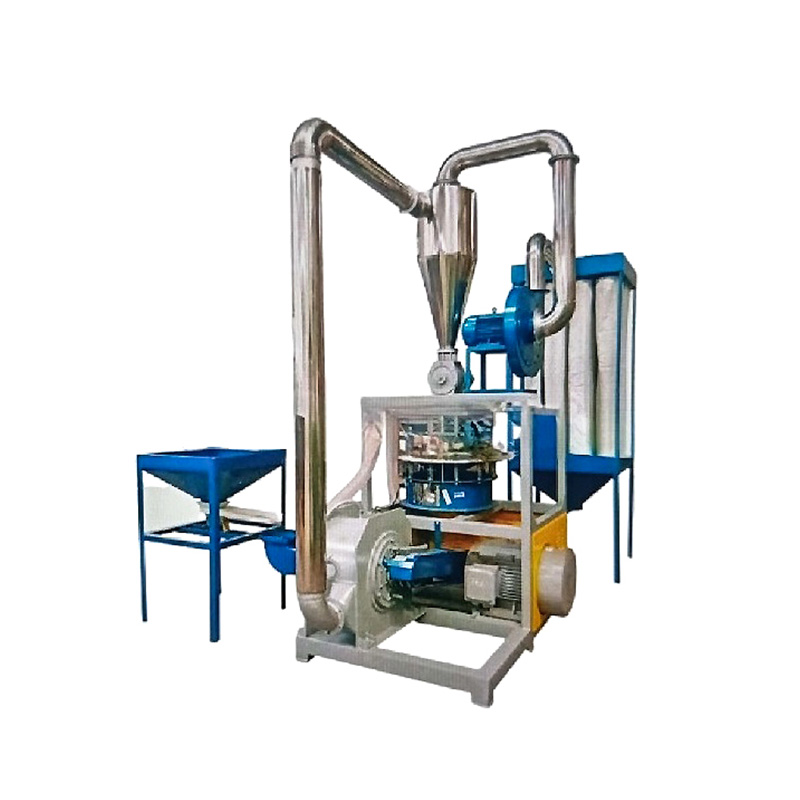The pursuit of energy efficiency is a constant driver in extrusion technology. With rising energy prices and sustainability goals, processors increasingly scrutinize every aspect of their operations. One component under renewed examination is the screw-barrel assembly itself.
Understanding Conical Screw Barrel Mechanics: Unlike parallel screws maintaining a constant root diameter, conical screws feature a progressively decreasing root diameter from the feed zone towards the metering zone. The barrel housing this screw is correspondingly tapered. This fundamental geometric difference creates several inherent characteristics relevant to energy consumption:
-
Gradual Compression & Reduced Shear:
- Parallel Design: Compression is achieved rapidly within the compression zone, often generating high localized shear forces and shear heating. This adiabatic heating requires substantial motor power and often necessitates significant downstream cooling to control melt temperature.
- Conical Design: Compression occurs gradually along the entire screw length due to the diminishing volume. This results in significantly lower peak shear rates and gentler polymer working. Lower shear heating directly translates to lower mechanical energy input (motor load/KW consumption) and reduced viscous dissipation heating.
-
Enhanced Thermal Transfer Efficiency:
- The decreasing channel volume in a conical system often allows for a shorter overall Length-to-Diameter (L/D) ratio compared to parallel screws achieving similar melting and homogenization.
- A shorter barrel length provides a smaller surface area for heat loss. More crucially, it reduces the distance heat must travel from the barrel heaters to the polymer core, potentially improving heating efficiency during start-up or when processing temperature-sensitive materials.
- Conversely, the larger surface-area-to-volume ratio in the feed section (due to the larger diameter) can also enhance heat conduction from the barrel into the colder polymer pellets at the entry point.
-
Reduced Wear & Consistent Performance:
- Lower operational shear forces inherently reduce abrasive wear on both the screw flights and the barrel liner.
- Maintaining tighter clearance tolerances for longer periods ensures consistent pumping efficiency over the screw's lifespan. Degradation in clearances in parallel systems leads to increased slippage and flow inefficiencies, requiring higher pressure (and thus motor load) to maintain output, indirectly increasing energy use over time.
Quantifying the Energy Saving Potential: While exact savings are highly application-dependent (material, screw design specifics, product requirements), the primary energy reduction mechanisms are clear:
- Lower Motor Load: Reduced shear forces directly decrease the mechanical power (KW) required to turn the screw. Documented case studies across various materials (including PVC, PO's, and engineering resins) often report motor load reductions of 5-15% compared to equivalent parallel systems.
- Reduced Cooling Demand: Lower viscous dissipation heating means the melt temperature exiting the screw is often lower and more uniform. This significantly reduces the cooling capacity required in downstream calibrators, water tanks, or air-cooling systems. The energy savings on the cooling side can sometimes surpass the savings on the drive motor.
- Potential for Shorter Cycles: In some profiles or pipe applications, the excellent melt homogeneity and pressure generation stability of conical systems may allow for slightly increased line speeds or reduced scrap rates, improving overall energy efficiency per unit of good product.
Critical Considerations and Implementation: Achieving optimal energy savings with a conical screw barrel requires careful attention:
- Material Suitability: They excel with shear-sensitive materials (PVC, certain PO's, TPEs, biopolymers) but may be less optimal for very high viscosity polymers requiring intense shear mixing.
- Screw Design Synergy: The conical barrel must be paired with a precisely engineered conical screw. Factors like taper angle, flight design, and mixing elements are critical for performance and efficiency.
- Optimized Process Settings: Barrel temperature profiles need adjustment compared to parallel systems to leverage the different melting characteristics effectively.
- Feed Hopper Design: The larger feed opening requires a specialized hopper design to ensure consistent material feeding without bridging.
- Initial Investment: Conical systems typically involve a higher initial cost than standard parallel barrels. The energy savings must be calculated against this investment over a realistic payback period.
Conical screw barrel systems offer a demonstrable pathway to reducing energy consumption in extrusion processes, particularly for shear-sensitive materials. The core advantages lie in significantly reduced mechanical shear (directly lowering motor load) and lower viscous heating (reducing cooling energy demand). While not a universal solution for every application or polymer, the inherent design promotes gentler processing and enhanced thermal efficiency.



 عربى
عربى


